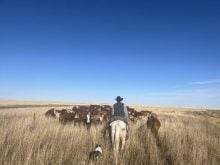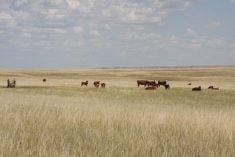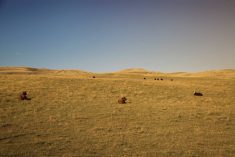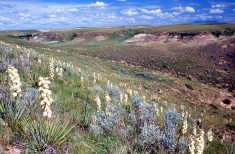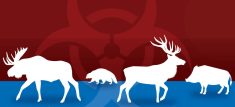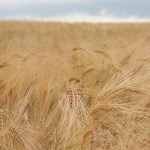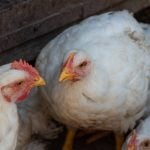A new guide from Birds Canada offers an online version of a one-stop shop for resources for protecting and enhancing grasslands, preventing biodiversity loss, and finding grants for such efforts.
“Across North America, birds that depend on grasslands are in steeper decline than most other groups of birds,” the organization said in a release. “Nearly 60 per cent of Canada’s grassland birds have disappeared since 1970. This decline is being primarily caused by the degradation and loss of the grassland habitat these birds rely on.”
Since most grasslands are owned by livestock producers, that makes them “the guardians of one of the world’s most endangered ecosystems,” it added.
Read Also
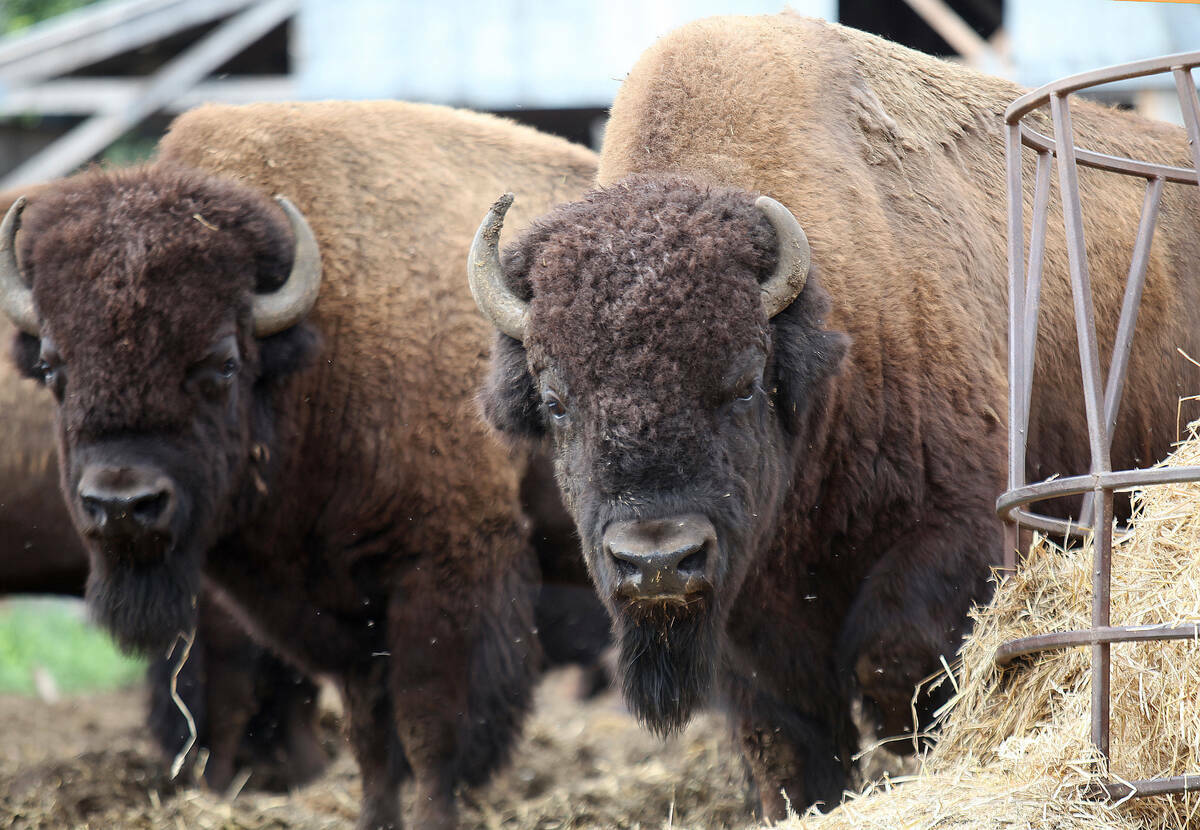
Bison prices remain high, but supply shrinks
Bison numbers are down amid increasing demand and record high market prices.
The short guide is an online tool that provides links (along with brief descriptions) to numerous resources, some old and some new.
For example, one is a 117-page best practices forages manual for storing carbon that the Canadian Forage and Grassland Association released last year. But there’s also a link to a 68-page guide on rangeland management put out by AgCanada a dozen years ago and to an 86-page rangeland assessment field workbook created by the Saskatchewan Prairie Conservation Action Plan in 2008.
Those three, and many other resources, are in PDF format (and so can be downloaded and, if desired, printed).
There are also links to a forage seed selection tool (and a seeding rate calculator) created by the Saskatchewan Forage Council; a 28-year-old manual on restoring native prairie as well as a five-year-old one from North Dakota State University; and links to seed suppliers.
Birds Canada has also assembled a lengthy list of funding sources for those wanting to preserve, restore or enhance prairie habitat. The Grassland Conservation Incentives Guide has 45 programs and funding sources, with a breakdown for each Prairie province.
The Alberta section contains well-known agencies such as Ducks Unlimited Canada (which actually has five programs available in the province) to lesser known ones such as MULTISAR in southern Alberta and SHARP (Species Habitat Assessments and Ranching Partnerships) in the area within a three-hour drive around Edmonton.
There also are a lot of links to resources for birds and animals that dwell in grasslands. This includes landowner guides on grassland birds, wildlife-friendly fencing, and ways to harvest hay that allows wildlife to flush and escape.
And there’s a link to the free Merlin Bird ID app, which is downloadable and has a “wizard” for identifying birds (including the ability to record bird sounds and identify them from their song). There also are info sheets on species at risk, such as the swift fox, monarch butterflies, the chestnut-collared longspur and little brown bat.
The Climate and Biodiversity Friendly Production Practices Resource Guide can be found at birdscanada.org/grasslands.
The guide is a joint effort by Birds Canada, the Saskatchewan Forage Council, Saskatchewan Soil Conservation Association, the Saskatchewan Soil Health and Grazing Summit, and A&W.
“The partnership developed the guide to advance our shared goal: conserve grasslands across the Canadian Prairies to sustain bird life, broader biodiversity, and the ranching tradition,” said Birds Canada.





